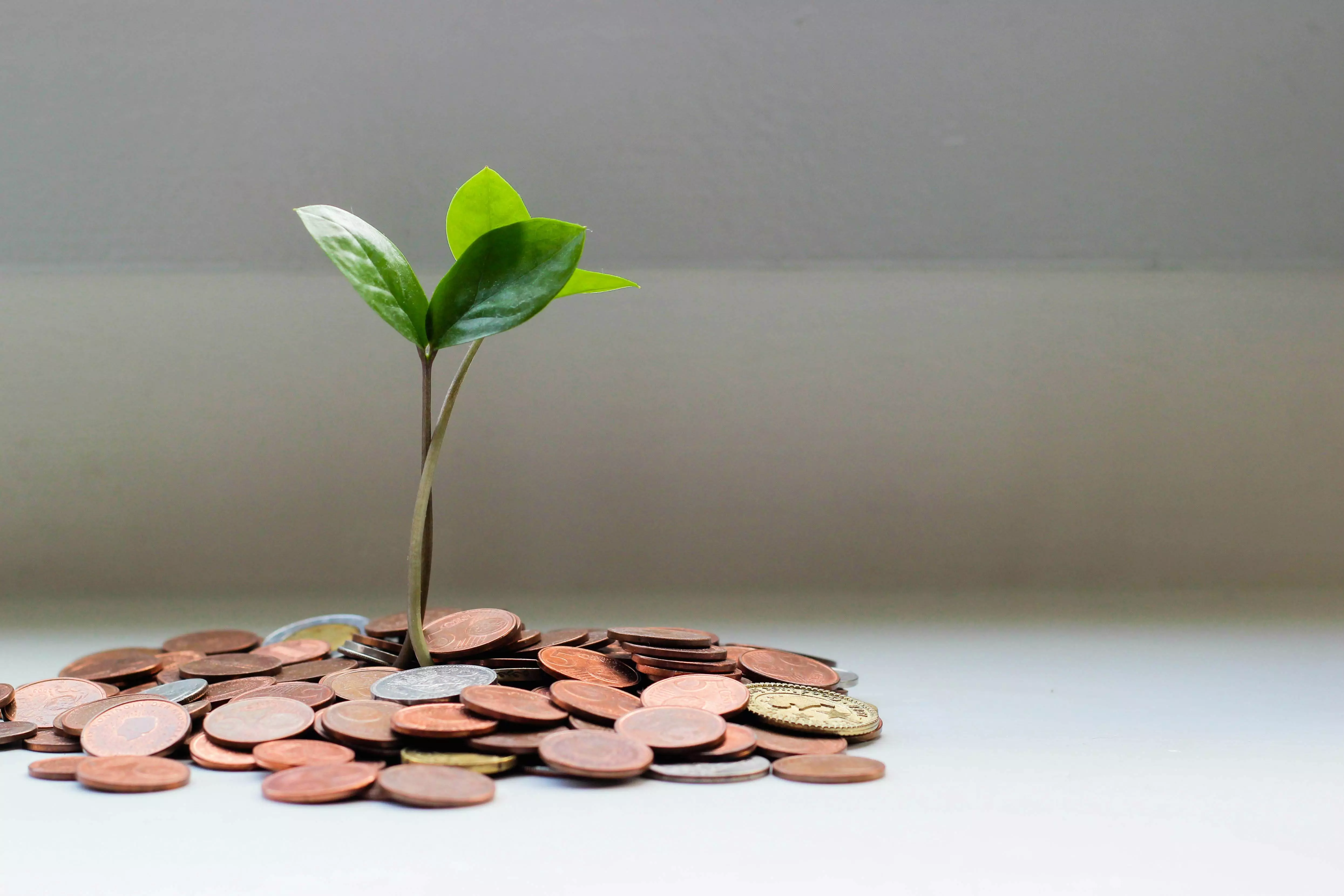
New Delhi, April 15 -- Once the backbone of India's economic resilience, the middle class now finds itself increasingly vulnerable - financially strained, debt-laden, and teetering on the edge of a crisis. The alarming drop in household savings, the surge in personal and credit card loan defaults, and the unprecedented reliance on gold loans all point to a deepening economic malaise that is still being ignored. The numbers are stark. Household savings, historically a buffer for uncertain times, are now at their lowest in half a century. This is not merely a statistical aberration but a signal of mounting economic distress. As inflation eats into real incomes, and job uncertainty looms across sectors, families are dipping into their reserves just to meet day-to-day expenses. For many, this safety net has worn thin or vanished altogether. What fills the gap is not renewed income, but mounting debt. Credit card loans in India have witnessed a massive spike in defaults, with the figure standing at a staggering Rs.6,742 crore - a 28% default rate. Personal loans, often used to cover everything from school fees to medical bills, are defaulting at an even higher rate of 34%. The trend is consistent and worrying: people are borrowing just to survive, not to invest, expand, or consume prudently.
The accessibility of credit - fueled by both banks and Non-Banking Financial Companies (NBFCs) - has pushed households into a spiral of unsustainable debt. Indians are now borrowing amounts that exceed their annual incomes. For salaried professionals and small business owners alike, this mismatch between earnings and obligations is turning into a vicious cycle. The ease of digital lending, buy-now-pay-later models, and aggressive marketing by fintech platforms has made credit accessible, but without the financial literacy or long-term planning needed to manage it wisely. And then comes the final and most telling indicator: gold loans. Often seen as the last resort, loans against gold have hit an all-time high. Culturally, gold in Indian households is a symbol of security - both emotional and financial. To part with it in exchange for liquidity indicates acute distress. But even more troubling is the rising default rate on these gold loans, which has now crossed 30%. When families fail to reclaim their pledged gold, it signifies not just economic hardship, but a loss of dignity and generational security. What we are witnessing is not a mere personal finance problem - it is a structural issue. The middle class, which powered India's consumption boom and aspirational economy, is now caught in a trap: stagnant wages, rising living costs, unstable job markets, and an increasingly credit-dependent lifestyle. While the pandemic did exacerbate these conditions, the rot runs deeper. Urban unemployment remains high, real estate remains sluggish, and informal work - lacking in both pay and protection - has expanded in both rural and urban pockets. Added to this is the psychological impact of social media and rising lifestyle aspirations, which compel families to maintain appearances even as their finances crumble beneath the surface. Government responses so far have leaned heavily on supply-side reforms-tax cuts, production-linked incentives, and ease of doing business for corporates. But these do little to address the growing consumption crunch at the household level. Without strengthening the financial backbone of the middle class, any dream of sustained economic growth remains unsteady.
So, what can be done? First, there is an urgent need for targeted financial relief - not in the form of blanket loan waivers, but in structured debt restructuring programs that prevent households from spiraling into default. Second, tax relief measures or direct benefit transfers for lower-middle-income groups could offer temporary breathing space. Third, banks and NBFCs must be regulated more stringently when it comes to personal and digital lending. While technology has democratized access to credit, it has also enabled reckless borrowing. A robust credit risk evaluation mechanism, combined with mandatory financial counseling for high-risk borrowers, must be institutionalized. Fourth, savings must be incentivized. Tax-saving instruments, micro-savings apps, and state-backed interest incentives could revive India's culture of thrift without compromising liquidity. Finally, we must address the elephant in the room: stagnant wages and rising living costs. Until there is a genuine focus on job creation, wage growth, and cost control (especially in housing, healthcare, and education), the middle class will continue to lean on debt just to maintain their standard of living. The financial pain being experienced by India's middle class is not just about numbers on a spreadsheet. It is about broken dreams, delayed futures, and eroded dignity. If left unaddressed, this crisis could have cascading effects - not only on consumption and growth, but on the very fabric of India's socio-economic stability. The time to act is now. Because when the middle class collapses, the economy doesn't just shrink -it fractures.
Published by HT Digital Content Services with permission from Millennium Post.
